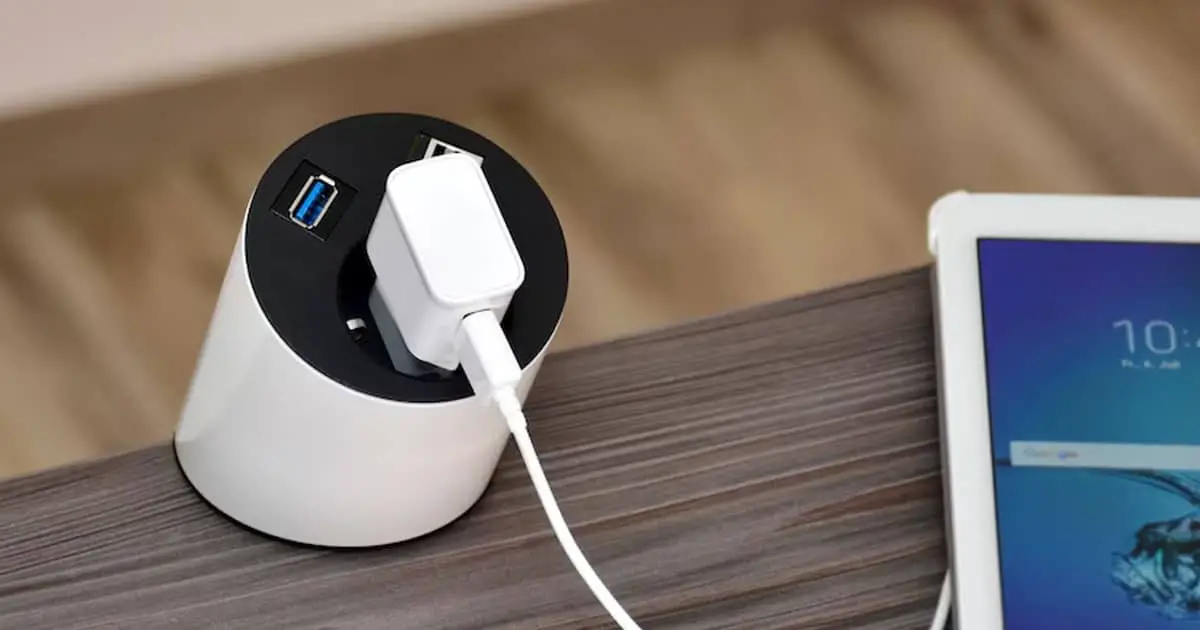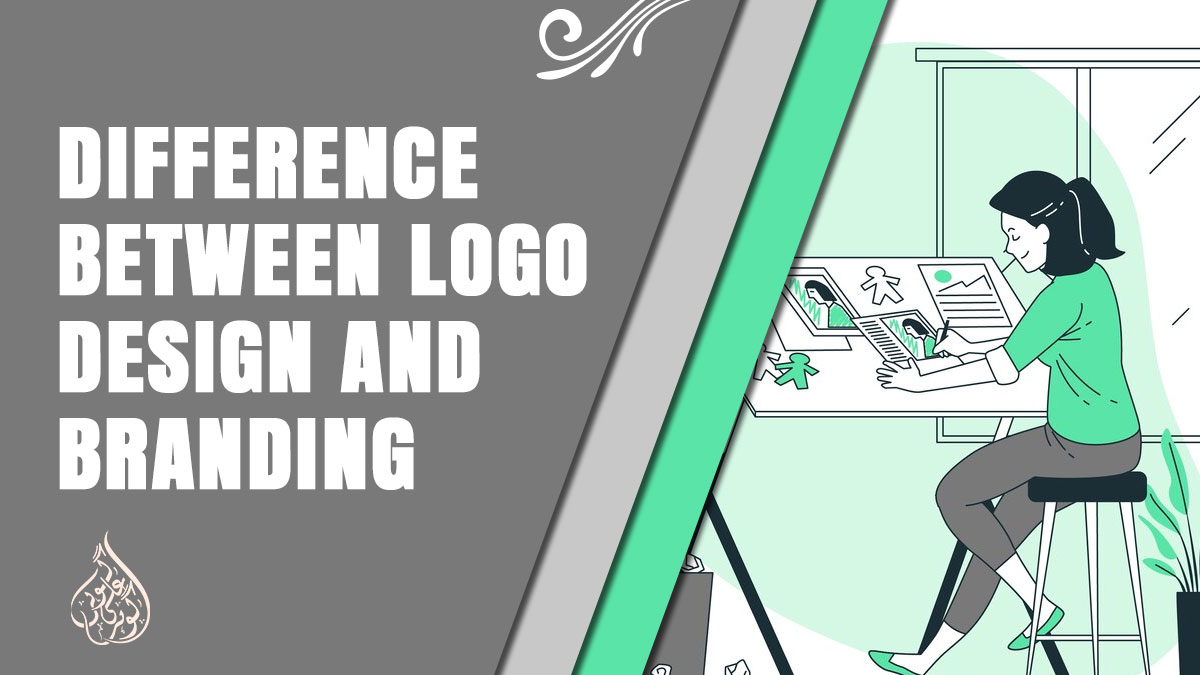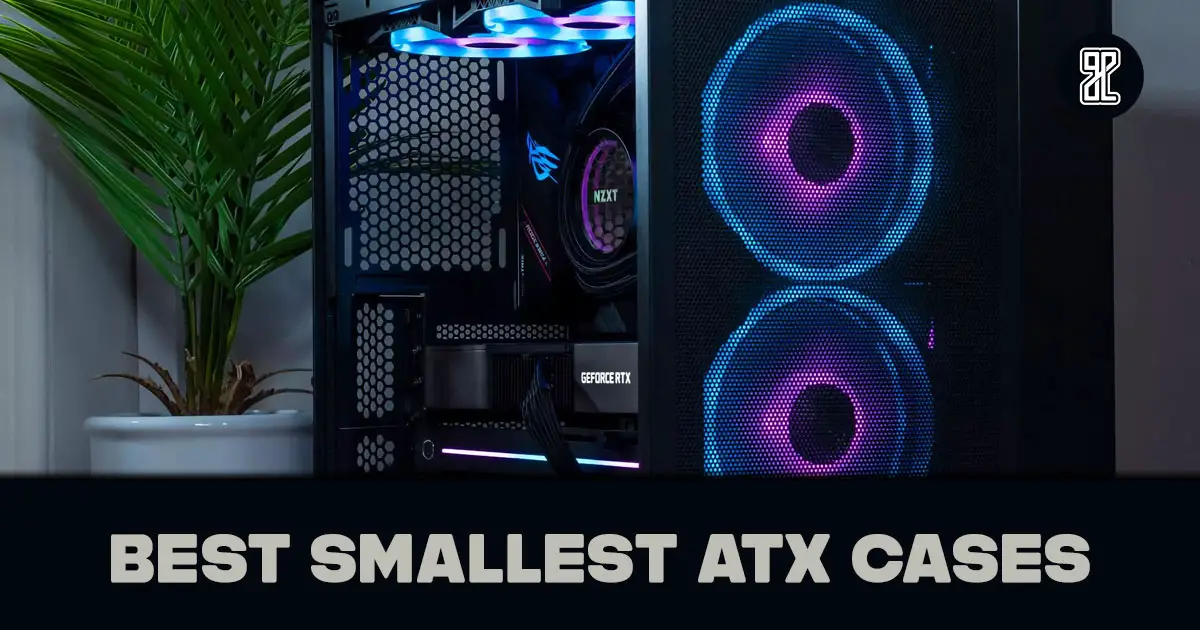In a world where our tablets have become essential companions for work, entertainment, and communication, running out of battery can be a major inconvenience. What if you find yourself without a charger and in desperate need of charging your tablet? Don’t panic!
In this guide, we will walk you through practical and ingenious methods on how to charge a tablet without a charger. From utilizing common household items to exploring alternative power sources, we’ll show you simple yet effective techniques to keep your tablet powered up when you’re in a pinch. So, if you’re ready to discover the secrets of charging your tablet without a conventional charger, let’s dive right in and ensure you’re never caught off guard with a dead battery again.
How To Charge A Tablet Without A Charger Using Different Ways?
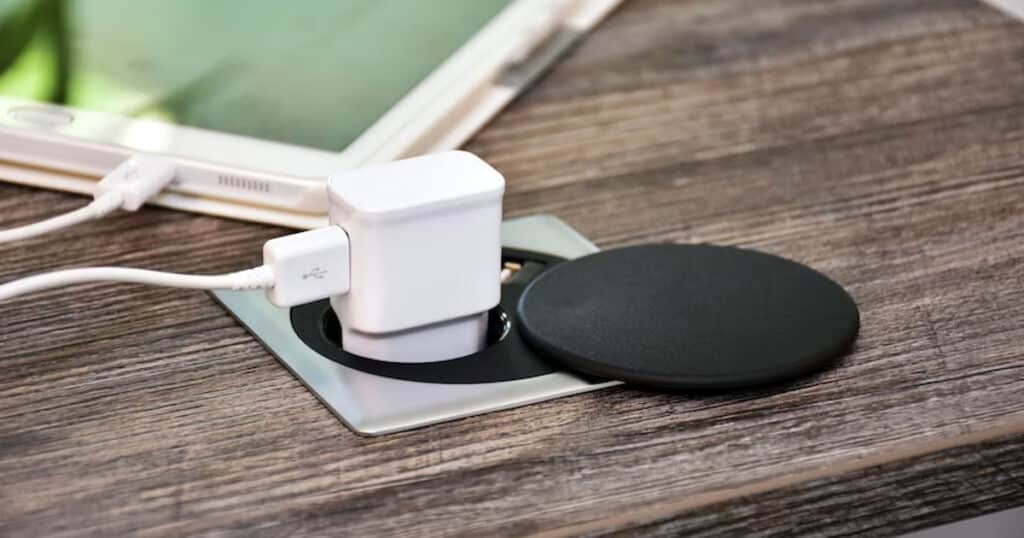
Are you in a situation where you need to charge your tablet but don’t have access to a charger? Don’t worry, there are various alternative methods available that can help you power up your tablet and keep it running when you’re on the go. In this section, we’ll explore different ways to charge your tablet without a traditional charger. From using the USB port on your computer to leveraging portable power banks and even harnessing solar energy, we’ll delve into a range of solutions that can come in handy in various scenarios.
So, let’s dive into the world of alternative tablet charging methods and discover how you can keep your device juiced up in any situation.
1. USB Port: Charging Your Tablet using Alternative Cables
One of the most common and convenient ways to charge your tablet without a charger is by utilizing the USB port. Most tablets are equipped with a USB port that allows you to connect them to other devices for data transfer and charging. To charge your tablet using the USB port, you will need an alternative cable that has a USB connector on one end and the appropriate charging connector for your tablet on the other end.
First, check the charging port on your tablet and identify the type of connector it requires. The most common types include Micro USB, USB-C, or Lightning, depending on the brand and model of your tablet. Once you know the type of connector, you can purchase an alternative cable that matches it.
To charge your tablet using the USB port, simply plug one end of the alternative cable into the USB port on your tablet and the other end into a power source. The power source can be your computer, a laptop, a USB wall adapter, or even a power bank. Make sure the power source is providing enough power to charge your tablet effectively.
It’s important to note that charging your tablet using the USB port may take longer compared to using a dedicated charger. This is because the power output from the USB port is typically lower than that of a dedicated charger. However, it can still be a reliable option when you don’t have access to your original charger.
Keep in mind that not all devices support charging through the USB port while the tablet is powered off. Some tablets require a minimal battery level before they can start charging through the USB port. In such cases, you may need to turn on your tablet and then connect it to the power source.
Using an alternative cable and the USB port to charge your tablet is a convenient solution, especially when you’re traveling or don’t have access to your regular charger. Just remember to use a reliable alternative cable that matches your tablet’s charging port, and ensure you have a suitable power source to provide sufficient charging power.
2. Power Banks: Portable Charging Solutions for On-the-Go
When you find yourself without a charger for your tablet and need to charge it on the go, a power bank can come to the rescue. A power bank, also known as a portable charger, is a compact device that stores electrical energy and allows you to charge your tablet anytime, anywhere.
To charge your tablet using a power bank, you’ll need to follow a few simple steps. First, make sure your power bank is fully charged. You can do this by connecting it to a power source using the provided charging cable. Once the power bank is fully charged, it’s ready to be used.
Next, connect your tablet to the power bank using a USB cable. Most power banks have USB ports that can be used to charge various devices, including tablets. Plug one end of the USB cable into the power bank and the other end into your tablet’s charging port. The power bank will start supplying power to your tablet, effectively charging its battery.
It’s important to choose a power bank with sufficient power capacity to charge your tablet. The power capacity of a power bank is measured in milliampere-hours (mAh) and indicates how much energy it can store. Higher-capacity power banks can provide more charges for your tablet before they need to be recharged themselves.
Additionally, consider the output power of the power bank. Tablets typically require a higher charging current compared to smartphones, so make sure the power bank you choose can deliver the required output to charge your tablet efficiently.
Power banks come in various sizes, capacities, and price ranges, so you can select one that suits your specific needs. Look for power banks with additional features such as multiple USB ports, fast charging support, and built-in safety mechanisms to protect your devices from overcharging or short circuits.
Using a power bank gives you the freedom to charge your tablet wherever you are, whether you’re traveling, attending meetings, or simply on the move. Just make sure to keep your power bank charged so that it’s ready to provide an extra boost of power whenever your tablet needs it.
With the convenience and portability offered by power banks, you can confidently use your tablet without worrying about running out of battery, even when you don’t have access to a traditional charger.
3. Car Chargers: Utilizing Your Vehicle’s Power Source
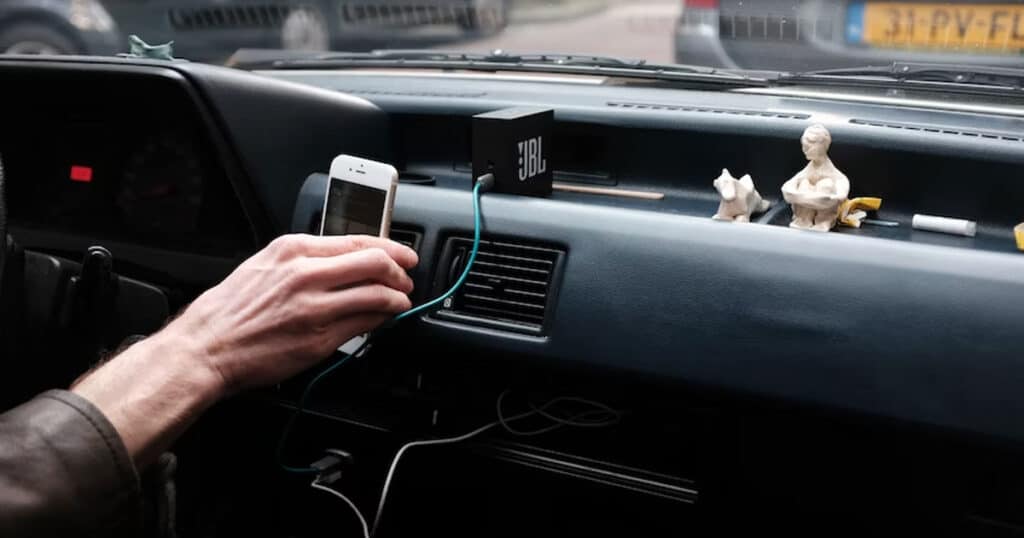
Car chargers provide a convenient way to charge your tablet while you’re on the go. By utilizing your vehicle’s power source, you can ensure a reliable charging solution wherever you are.
To use a car charger, simply plug the charging adapter into your vehicle’s cigarette lighter or accessory socket. Once connected, the adapter converts the car’s electrical power into a format that can charge your tablet. Most car chargers have USB ports that allow you to connect your tablet using a USB cable.
It’s important to choose a car charger that suits your needs. Consider factors such as charging speed, compatibility with your tablet model, and any additional features you may require. With a car charger, you can charge your tablet during long road trips or keep it powered up while using GPS navigation or streaming media.
Remember to prioritize safety when using a car charger. Ensure that the charger and cables are in good condition, and never leave your tablet unattended while it’s charging in the car. Following these precautions will help you maintain a reliable and efficient charging experience while on the road.
4. Wireless Charging: Convenient and Cable-Free Charging

Wireless charging has gained popularity as a convenient and cable-free way to charge electronic devices, including tablets. With wireless charging, you can simply place your tablet on a compatible charging pad or dock, eliminating the need for cables and connectors.
To charge your tablet wirelessly, you’ll need a wireless charging pad or dock that supports the Qi wireless charging standard. Qi-compatible devices, including many modern tablets, can take advantage of this technology. Place your tablet on the charging pad or dock, ensuring that it aligns with the charging coil on the device.
Wireless charging offers several advantages. It’s incredibly convenient, as you can simply place your tablet on the charging pad without dealing with tangled cables. It’s also a more durable charging option, as there are no connectors or ports that can wear out over time. Additionally, some wireless chargers support fast charging, allowing you to power up your tablet more quickly.
It’s important to note that wireless charging may be slower compared to traditional charging methods. The charging efficiency can vary based on the specific device and charger used. Make sure to position your tablet properly on the charging pad to ensure optimal charging performance.
When opting for wireless charging, ensure that your tablet is compatible with wireless charging technology. If your tablet doesn’t have built-in wireless charging capabilities, you can often purchase compatible wireless charging cases or accessories.
Wireless charging offers a cable-free and convenient way to keep your tablet powered up. Whether you’re at home, in the office, or on the go, wireless charging pads and docks provide a hassle-free solution for keeping your tablet’s battery topped up.
5. Solar-Powered Chargers: Harnessing the Power of the Sun
In today’s environmentally conscious world, harnessing renewable energy sources has become increasingly popular. Solar-powered chargers offer a sustainable and portable solution for charging your tablet using the sun’s power.
Solar-powered chargers typically consist of a solar panel, a built-in battery, and various charging ports, including USB ports that are compatible with tablets. The solar panel absorbs sunlight and converts it into electrical energy, which is then stored in the built-in battery for later use. When your tablet needs a charge, you can connect it to the solar-powered charger via a USB cable and draw power from the stored energy.
Using a solar-powered charger to charge your tablet provides several benefits. First and foremost, it allows you to harness renewable energy, reducing your reliance on traditional electricity sources and lowering your carbon footprint. Solar power is clean and sustainable, making it an environmentally friendly choice.
Solar-powered chargers are also highly portable, making them ideal for outdoor adventures, camping trips, or situations where electricity is limited or unavailable. They are lightweight and compact, allowing you to carry them easily in your backpack or travel bag. With a solar-powered charger, you can charge your tablet anywhere there is sunlight, providing you with the freedom and flexibility to stay connected even in remote locations.
It’s important to note that the charging speed of solar-powered chargers can vary depending on factors such as the sunlight’s intensity and the solar panel’s size. Charging your tablet using solar power may take longer compared to traditional charging methods. Therefore, it’s advisable to plan ahead and ensure that your tablet has sufficient battery life or use the solar-powered charger during daylight hours to maximize its effectiveness.
When purchasing a solar-powered charger, consider factors such as the charging capacity, number of USB ports, and overall durability. Look for chargers that are specifically designed for tablets and have sufficient power output to meet your charging needs.
By harnessing the sun’s power, solar-powered chargers provide an eco-friendly and portable solution for charging your tablet. Embracing this sustainable technology allows you to enjoy the convenience of a charged tablet while reducing your impact on the environment.
Emergency Techniques: Creative Solutions for Charging in a Pinch
Sometimes, you may find yourself in a situation where you don’t have access to your tablet charger or any of the alternative charging methods mentioned earlier. In such cases, it can be helpful to know some creative and emergency techniques for charging your tablet. While these methods may not be as convenient or efficient as using a dedicated charger, they can provide a temporary solution to keep your tablet powered up when you’re in a pinch.
- Use a USB cable connected to a computer: If you have a USB cable, you can connect your tablet to a computer or laptop with a USB port. While the charging speed may be slower compared to a dedicated charger, it can still provide a trickle charge and keep your tablet alive.
- Utilize other electronic devices: Some electronic devices, such as gaming consoles, smart TVs, or even some DSLR cameras, have USB ports that can be used for charging. Check if any of your electronic devices have a compatible USB port and use it to charge your tablet.
- Power up with a portable power source: In emergency situations, you can get creative with alternative power sources. For example, you can use a portable battery pack intended for smartphones or even AA or AAA batteries (if your tablet allows for battery replacements) with the help of an appropriate adapter. While these methods may not provide a full charge, they can buy you some additional time before you can access a proper charger.
- Look for public charging stations: In public places like airports, cafes, or libraries, there may be charging stations or outlets available. Keep an eye out for these locations and take advantage of them to charge your tablet.
Remember that these emergency techniques are temporary solutions and should not replace your regular charging methods. It’s essential to prioritize the safety of your tablet and use these methods sparingly. Always ensure that the power source you’re using is compatible with your tablet and follow any manufacturer’s guidelines to avoid potential damage.
In conclusion, while it’s always best to have a dedicated charger or alternative charging options on hand, knowing some emergency techniques can be valuable in situations where you find yourself without a charger. These creative solutions can provide a temporary solution to charge your tablet and keep you connected until you can access a proper charging method. However, it’s important to use these techniques responsibly and prioritize the safety of your tablet.
Conclusion: Empower Your Tablet Anywhere, Anytime, Even without a Charger
In conclusion, don’t let a missing charger hinder your tablet experience. With various alternative charging methods available, you can power up your device anywhere, anytime. Whether it’s using the USB port, relying on power banks, tapping into your car’s power source, embracing wireless charging, harnessing solar power, or resorting to emergency techniques, there are solutions for every situation. Remember to prioritize safety and follow manufacturer guidelines. Embrace the freedom to charge your tablet on your own terms and stay connected, productive, and entertained no matter where you are. Stay powered up and never miss a beat with your tablet!
FAQ’s
- Can I charge my tablet using any USB cable?
- While many tablets can be charged using a standard USB cable, it’s important to check the specifications of your tablet. Some tablets may require specific charging cables or adapters for optimal charging.
- How long does it take to charge a tablet using a power bank?
- The charging time may vary depending on the capacity of the power bank and the tablet’s battery size. Generally, it can take a few hours to fully charge a tablet using a power bank.
- Can I charge my tablet in my car while the engine is off?
- It’s possible to charge your tablet in your car even when the engine is off, as long as your car has a functioning power outlet. However, keep in mind that repeatedly draining the car battery by charging devices while the engine is off may lead to a dead battery.
- Do all tablets support wireless charging?
- No, not all tablets support wireless charging. Wireless charging requires specific hardware and compatibility with Qi wireless charging technology. Make sure your tablet is Qi-enabled or check if there are wireless charging accessories available for your tablet model.
- How effective are solar-powered chargers for tablets?
- Solar-powered chargers can be effective for charging tablets, especially in outdoor settings where access to traditional power sources is limited. However, the charging speed and efficiency may vary depending on factors like sunlight intensity and the solar panel’s capacity.
- Are emergency charging techniques safe for my tablet?
- Emergency charging techniques, such as using fruits or DIY power sources, are not recommended as regular charging methods. They can potentially damage your tablet or pose safety risks. It’s best to use reliable and approved charging methods for the optimal health and performance of your tablet.
